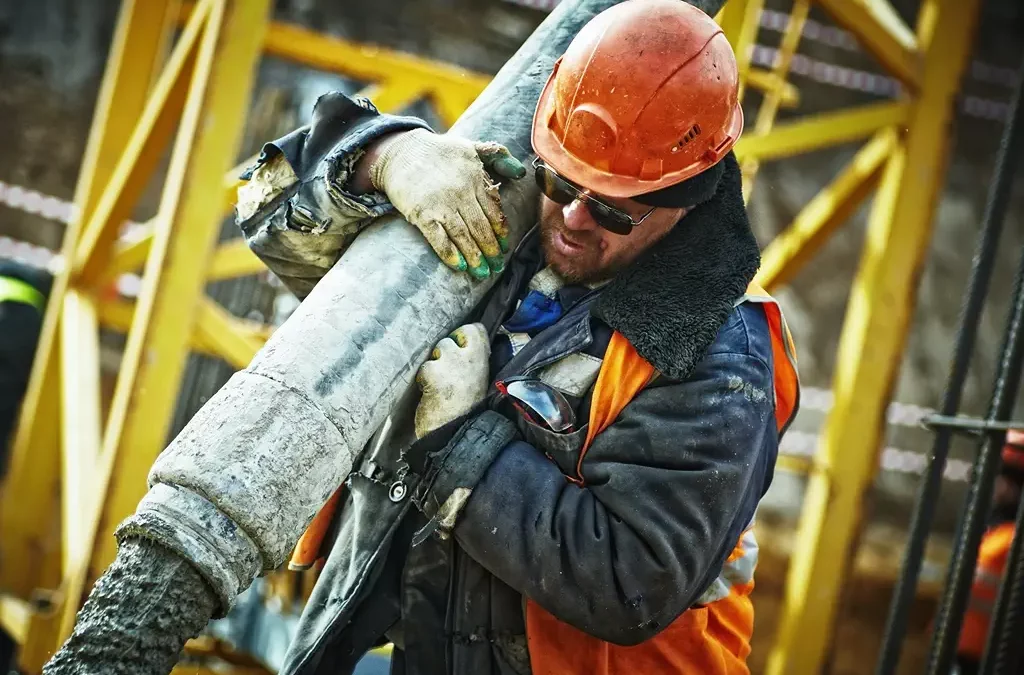The Crucial Elements of Manual Handling Training: Insights from a Seasoned Occupational Health Physiotherapist
For over two decades, I’ve dedicated myself to occupational health physiotherapy, specializing in ergonomics and manual handling. Through years of experience, I’ve come to appreciate the paramount importance of thorough manual handling training in preventing workplace injuries.
In Australia, where workplace safety is governed by stringent regulations, adhering to the guidelines outlined in the document “Hazardous manual tasks: HWSA position on ‘how to lift’ training” isn’t just a legal obligation—it’s a fundamental step toward ensuring the well-being of employees.
Today, I’ll delve into why it’s imperative to go beyond the basics and provide comprehensive training that encompasses various aspects outlined in this critical document.
-
Understanding the Risks: Manual handling tasks are intrinsic to many occupations but can lead to debilitating injuries without proper training. By comprehensively understanding the risks associated with manual handling, employees can make informed decisions and adopt safer work practices.
-
Techniques for Safe Lifting: While lifting techniques are often the focus of manual handling training, it’s essential to move beyond mere demonstration and delve risk management and worker’s duties and responsibilities when it comes to risk management. Educating employees on risk management, the sources of risk, and the importance of using equipment like lifting aids can significantly reduce the risk of musculoskeletal injuries.
-
Environmental Considerations: The document emphasizes the significance of considering environmental factors when performing manual handling tasks. Training should encompass awareness of obstacles, uneven surfaces, and other hazards that may impact the safety of lifting operations. Moreover, employees should be trained to adapt their techniques based on the specific characteristics of their work environment.
-
Individualized Approach: Recognizing that every employee is unique, with varying levels of strength, flexibility, and prior injury history, training programs should be tailored to individual needs. Factors such as age, physical condition, and job requirements should be considered to ensure the effectiveness of the training.
-
Communication and Teamwork: Manual handling often involves collaboration among team members. Effective communication and teamwork are paramount to ensure tasks are performed safely and efficiently. Training should emphasize the importance of clear communication, coordination, and mutual support among colleagues during manual handling activities.
-
Risk Assessment and Management: Prevention is key, and prioritizing risk assessment and management is fundamental. Training should equip employees with the skills to identify potential hazards, assess risks, and implement control measures to mitigate the likelihood of injury. Additionally, employees should be empowered to report safety concerns promptly.
-
Ergonomics Principles – risk factors for a hazardous manual task: Ergonomics plays a crucial role in minimizing the risk of musculoskeletal disorders associated with manual handling. Training should cover fundamental ergonomic principles, such as risk factors for a hazardous manual task, including high or sudden forces, repetition, awkward postures and duration.
-
Psychosocial Factors: Workplace safety extends beyond physical aspects to encompass psychosocial factors that can influence employee well-being. Stress, fatigue, and job dissatisfaction can impair cognitive function and increase the risk of accidents during manual handling tasks. Training should address these factors, fostering a supportive work environment that prioritizes employee health and morale.
-
Continual Improvement: Manual handling training should be an ongoing process of learning and refinement. Regular refresher courses, feedback mechanisms, and performance evaluations are essential to ensure that employees remain competent and vigilant in their manual handling skills.
-
Leadership and Commitment: Fostering a culture of safety requires strong leadership and commitment at all levels of the organization. Managers and supervisors must lead by example, prioritizing employee health and safety in all decision-making processes.
In conclusion, manual handling training guided by the document “Hazardous manual tasks: HWSA position on ‘how to lift’ training” is essential for safeguarding the health and well-being of employees. By embracing a holistic approach that addresses lifting techniques, environmental factors, individual needs, teamwork, risk management, ergonomics, psychosocial factors, continual improvement, and leadership, organizations can create safer and more productive work environments.
As an occupational health physiotherapist, I remain committed to promoting best practices in manual handling training and empowering employees to thrive in their roles while prioritizing their health and safety above all else.
Reference: SafeWork NSW. (n.d.). Hazardous manual tasks: HWSA position on ‘how to lift’ training. Retrieved from https://www.safework.nsw.gov.au/resource-library/hazardous-manual-tasks/hwsa-position-on-how-to-lift-training
If you would like to find out more about what our manual handling training / consulting services, please click the link below:
This blog post was written by Occupational Health Physiotherapist and Director of Corporate Work Health Australia Wade Brennan.



